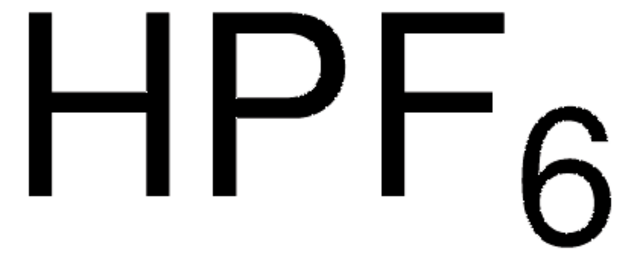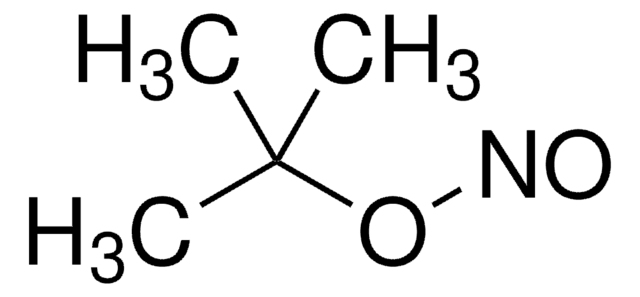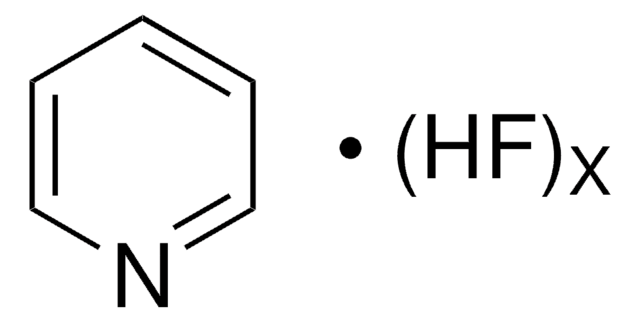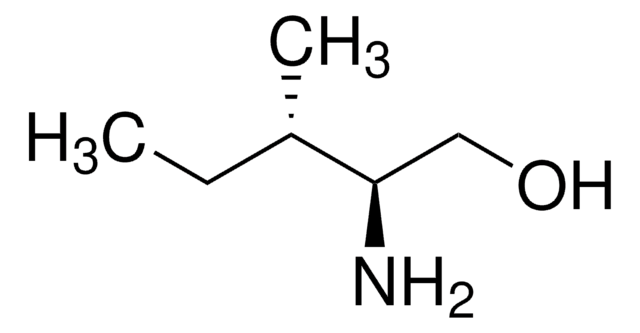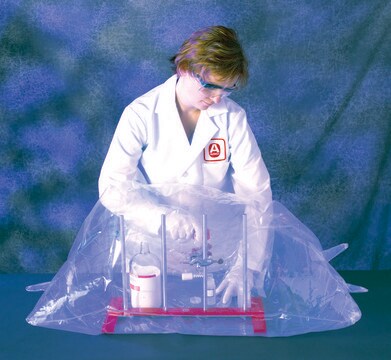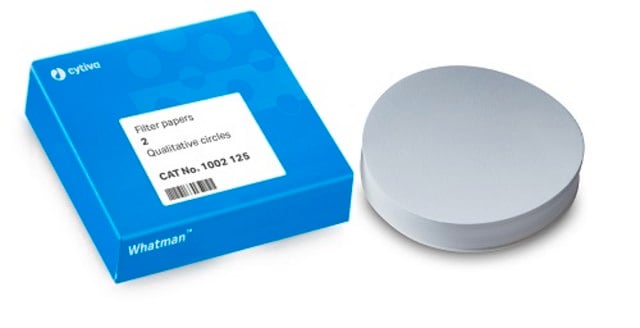All Photos(1)
About This Item
Linear Formula:
HBF4
CAS Number:
Molecular Weight:
87.81
MDL number:
UNSPSC Code:
12352106
PubChem Substance ID:
NACRES:
NA.21
concentration:
46.0-52.0% in NaOH (titration)
48 wt. % in H2O
48 wt. % in H2O
Recommended Products
vapor density
3 (vs air)
Quality Level
vapor pressure
5 mmHg ( 20 °C)
form
liquid
concentration
46.0-52.0% in NaOH (titration)
48 wt. % in H2O
density
1.4 g/mL at 25 °C
SMILES string
F.FB(F)F
InChI
1S/BF3.FH/c2-1(3)4;/h;1H
InChI key
LEMQFBIYMVUIIG-UHFFFAOYSA-N
Looking for similar products? Visit Product Comparison Guide
Related Categories
General description
Tetrafluoroboric acid is used as a catalyst for the protection and deprotection reactions of various carbohydrates. It participates in the synthesis of 4-sulfonic acid phenyl diazonium tetrafluoroborate, which was required for the preparation of sulfonated graphene (SG).
Application
Tetrafluoroboric acid solution may be used as a catalyst for the hydration of aromatic haloalkynes to α-halomethyl ketones in the absence of metal catalysts. It may also be used the epoxidized soybean oil (ESBO) ring opening step of fatty acids preparation.
signalword
Danger
hcodes
Hazard Classifications
Eye Dam. 1 - Skin Corr. 1B
Storage Class
8B - Non-combustible corrosive hazardous materials
wgk_germany
WGK 1
flash_point_f
Not applicable
flash_point_c
Not applicable
Choose from one of the most recent versions:
Already Own This Product?
Find documentation for the products that you have recently purchased in the Document Library.
Customers Also Viewed
Self-assembling sulfonated graphene/polyaniline nanocomposite paper for high performance supercapacitor.
Fan T, et al.
Synthetic Metals, 199, 79-86 (2015)
Tetrafluoroboric acid, an efficient catalyst in carbohydrate protection and deprotection reactions.
Albert R, et al.
Carbohydrate Research, 137, 282-290 (1985)
Polyols and polyurethanes prepared from epoxidized soybean oil ring-opened by polyhydroxy fatty acids with varying OH numbers.
Chen R, et al.
Journal of Applied Polymer Science, 132(1) (2015)
Metal-free hydration of aromatic haloalkynes to a-halomethyl ketones.
Ye M, et al.
Tetrahedron Letters, 57(45), 4983-4986 (2016)
Arnis Abolins et al.
Materials (Basel, Switzerland), 14(4) (2021-03-07)
A second-generation bio-based feedstock-tall oil fatty acids-was epoxidised via two pathways. Oxirane rings were introduced into the fatty acid carbon backbone using a heterogeneous epoxidation catalyst-ion exchange resin Amberlite IR-120 H or enzyme catalyst Candida antarctica lipase B under the
Our team of scientists has experience in all areas of research including Life Science, Material Science, Chemical Synthesis, Chromatography, Analytical and many others.
Contact Technical Service
